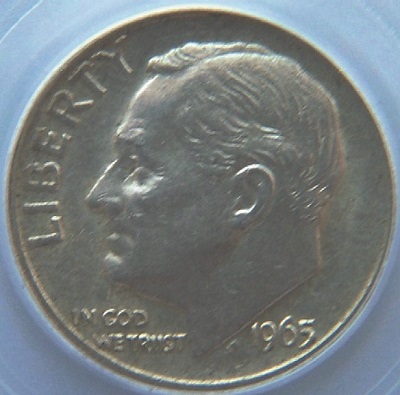Next time you empty the coins from your pocket or change purse, take a quick look to see if you’re holding a windfall. Here are some valuable coins that could be hiding in plain sight…
1983 doubled-die Lincoln cent. “Doubled die” refers to a mint error in which elements of the coin are accidentally duplicated, leaving a doubled image. Look on the reverse (“tails”) side and see if the motto “E Pluribus Unum” is doubled. If so, congratulations—these coins are worth at least $25 if well-worn and several hundred dollars if like new.
1965 silver Roosevelt dime. 1964 was the last year that the US Mint intended to strike dimes from silver. But thanks to an error, some got made from silver and are dated 1965. If you find a 1965 dime, check its edge—if its appears all silver, you may have a rarity worth $10,000 or more depending on its condition.
1909-S VDB Lincoln Head cent. Look for the letter S beneath the date (which indicates that it came from the San Francisco Mint) and the initials “V.D.B.” under the wheat shafts (which indicate the penny’s designer, Victor David Brenner). People still find these, and they go for $1,000 to $100,000 depending on the condition. Editor’s note: If you find one of these among your coins, send a picture to Scott Travers at travers@usgoldexpert.com—he spent one of these coins in Times Square several years ago and is still waiting to see if it resurfaces!
1943 bronze or copper cent. During World War II, the US needed copper for building munitions, so most pennies from 1943 were struck in steel. A few, though, were made in error from bronze or copper. Steel 1943 pennies look white and stick to a magnet (they’re worth about 25 cents). The rare copper or bronze ones are not magnetic, appear brownish and can fetch anywhere from $100,000 to $1 million or more.
What if you find a treasure? Don’t try to clean up the coin. Visit the website of one of the two leading grading and authenticating services—Numismatic Guaranty Corporation (NGCcoin.com) or Professional Coin Grading Service (PCGS.com). Both sites feature dealer locators to help you find a reputable coin dealer who can examine the coin. (Before you visit a dealer, also check his/her standing with the Better Business Bureau.)
The dealer will provide an initial evaluation and advise you as to whether it’s worthwhile to send your coin to NGC or PCGS for certification. If your coin is valuable, you’ll ship it to one of those grading services, and for a fee ranging from about $30 to a few hundred dollars depending on the potential value of your find, the service will assign the coin a number grade. The grades are scaled from 1 to 70, with 1 representing a coin so hard-used that it’s difficult to tell what it is…and 70 representing one that is so pristine it looks like it just rolled off the mint. The grade, along with the coin’s rarity and demand for it among collectors, will determine its auction value.


